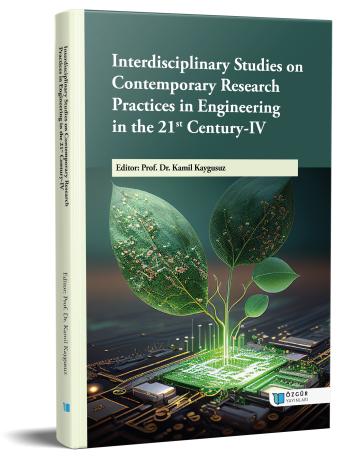
The Role of Biomass in Reducing Greenhouse Gases That Cause Climate Change
Chapter from the book:
Kaygusuz,
K.
(ed.)
2023.
Interdisciplinary studies on contemporary research practices in engineering in the 21st century-IV.
Synopsis
Many global climate change mitigation pathways are heavily on the deployment of bioenergy, often used in conjunction with carbon capture and storage. Bioenergy and the use of land to produce biomass, is an important part of many climate mitigation strategies but there are limits to its use due to trade-offs with sustainability. At the same time, there are opportunities for win-win response options that can enhance mitigation, increase resilience and co-deliver across a range of sustainability criteria. Nevertheless, it is not possible to maintain current systems and trends in consumption patterns by simply replacing fossil carbon with biogenic carbon. Conservation and efficiency measures for energy, land and biomass can support greater flexibility in achieving climate change mitigation and adaptation. Further, wide deployment of technologies and systems that do not rely on carbon-based energy can constrain the biomass demand growth that will likely arise when countries seek to phase out fossil fuels while providing acceptable standard of living.

